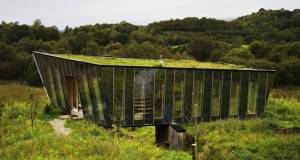Full Circuit

Planning ahead for Ireland’s electricity supply is by no means a simple matter, given the range of unprecedented issues that are coming to the fore. Massive cuts in emissions must be achieved, whilst decisive action is required to ensure adequate supply of electricity at a time when usage is spiraling. Richard Douthwaite explains the balance that Ireland must achieve between efficient local generation and usage and ensuring optimal interconnection to global renewable electricity supply




























